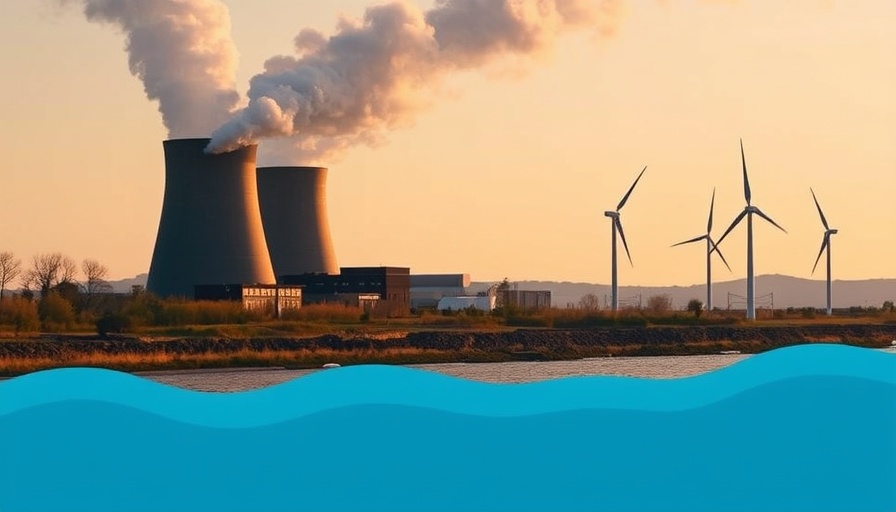
Unmasking the Hazards of Coal
In recent years, the global conversation surrounding energy sources has intensified, particularly as communities grapple with the environmental and health implications of fossil fuels. New research indicates that coal is linked to an increase in cancer rates due to harmful pollutants released during its combustion. This emerging evidence stands in stark contrast to the perception of wind power as a potential threat, which has sparked valuable dialogue among both environmental advocates and skeptics.
Understanding the Environmental Impact
Coal combustion releases a slew of carcinogens, contributing not only to cancer but also to respiratory ailments and cardiovascular diseases. According to studies, communities near coal-fired power plants experience elevated levels of airborne toxins, notably arsenic, lead, and mercury. These pollutants infiltrate the air we breathe, posing significant health risks. In contrast, wind power presents a cleaner alternative, with an exceptionally low emissions profile. Wind turbines generate electricity without the harmful byproducts associated with fossil fuels.
The Role of Renewable Energy
Transitioning to renewable energy sources like wind power is not just an environmental imperative; it offers a multitude of public health benefits. Research shows that embracing wind energy could prevent thousands of fatalities annually linked to pollution from coal. This shift to green technology not only combats climate change but also prioritizes community health and well-being.
Dispelling the Myths Around Wind Power
Despite its benefits, misinformation about wind power persists. Some critics argue that wind energy can negatively impact wildlife and result in noise pollution. However, studies have consistently shown that the health benefits of reducing air pollution from coal far outweigh these concerns. Indeed, while addressing these issues is essential, they should not overshadow the considerable health advantages of renewable energy.
Future Predictions: A Cleaner Energy Landscape
The trajectory of energy production is shifting, driven by advancements in technology and a societal push toward sustainability. Innovations in wind turbine efficiency are making it feasible to harness greater amounts of energy with less impact on the surrounding environment. Furthermore, as grid technology evolves, integrating renewables into our energy systems becomes even more viable, promising a cleaner, healthier future.
Informed Decisions for Healthier Communities
Understanding the stark difference between the ramifications of coal and the benefits of wind power empowers communities to make informed decisions regarding energy policies. As awareness grows, public advocacy for sustainable practices increases, prompting a shift toward greener technologies. Individuals can play a critical role by supporting renewable projects and policies that promote air quality and climate responsibility.
As the world pivots towards renewable energy, it is imperative that we reflect on our energy choices and recognize the profound impact they have on our health and environment. To learn more about promoting green technologies in your community, consider reaching out to local organizations or joining advocacy groups dedicated to sustainability.
 Add Row
Add Row  Add
Add 




Write A Comment